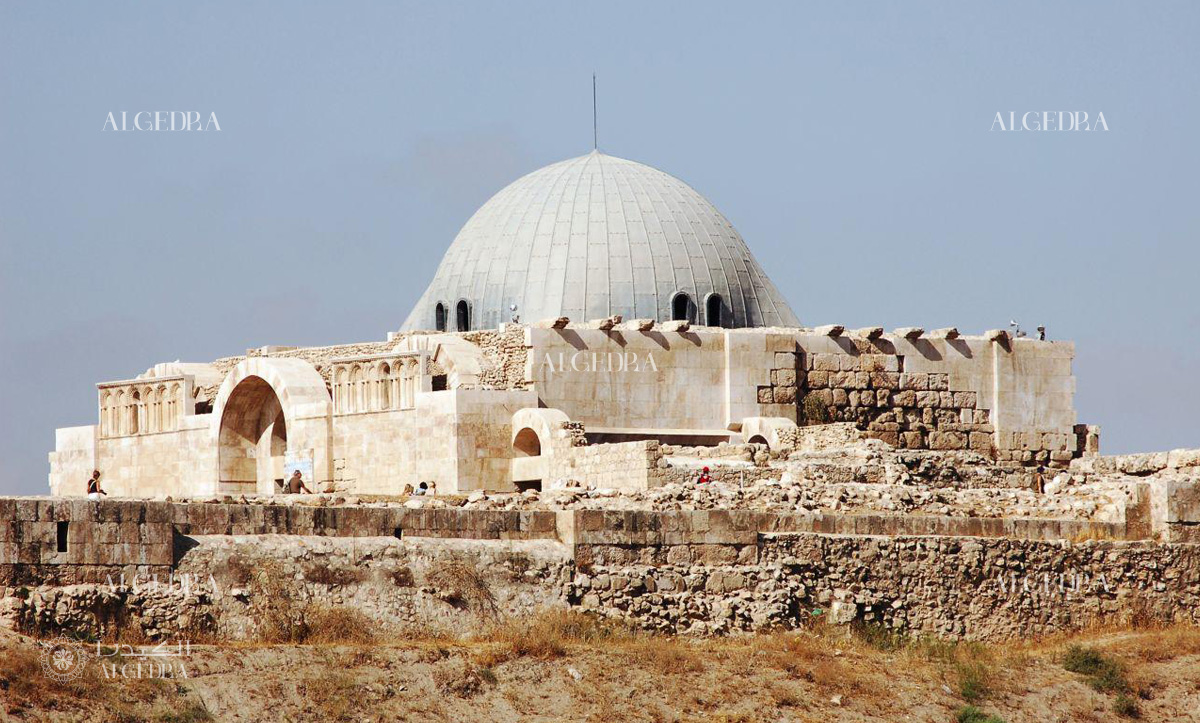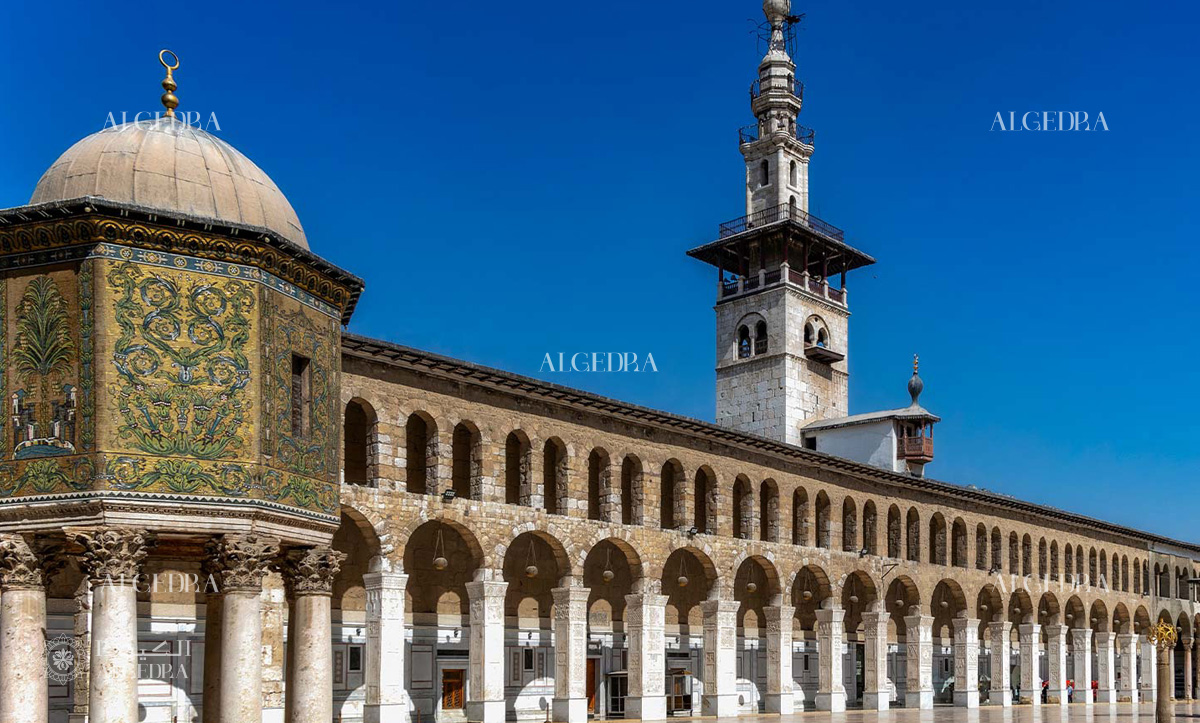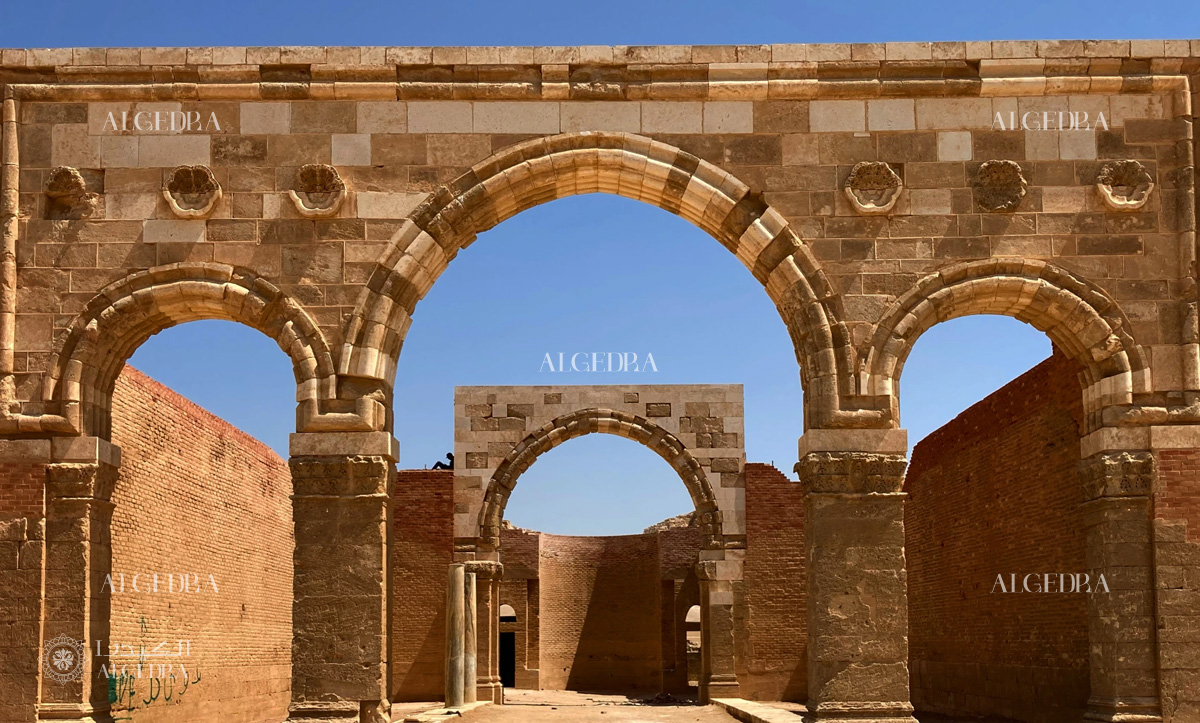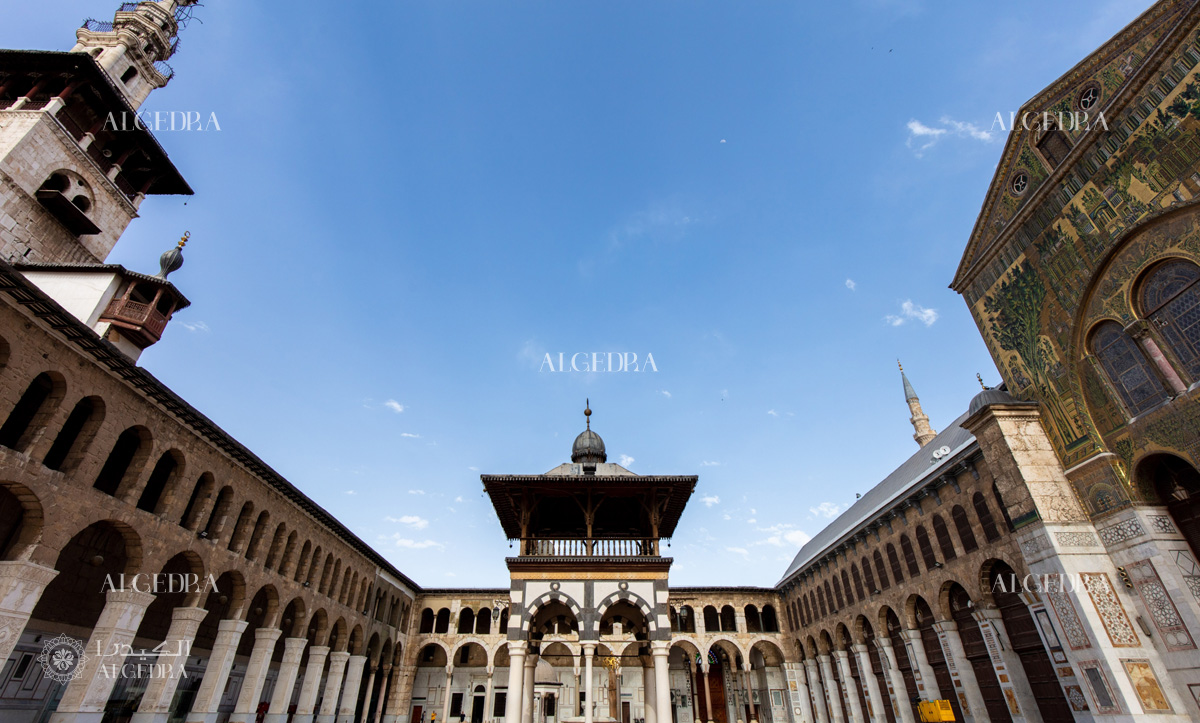The Umayyad era, spanning from 661 to 750 CE, was a period of significant development in Islamic history. This period was distinguished by political and military accomplishments and remarkable architectural advancements.
The Umayyad caliphs, ruling from Damascus, heavily invested in building projects, creating structures that reflected the empire's power and the Islamic faith's burgeoning identity.
1- Historical Background
The Umayyad dynasty was the first great Muslim dynasty to rule the empire of the Caliphate, sometimes referred to as the Arab kingdom (reflecting traditional Muslim disapproval of the secular nature of the Umayyad state). The Umayyads were a merchant family of the Quraysh tribe centered at Mecca. They emerged following the death of Prophet Muhammad and the subsequent Rashidun Caliphate period. Under the leadership of Muawiyah I, the Umayyads established their capital in Damascus, beginning their dynasty.

During their rule, the Umayyads expanded the Islamic empire to its furthest extents, covering parts of Europe, Africa, and Asia. This expansion facilitated the exchange of ideas, cultures, and technologies, significantly influencing Umayyad architectural practices. The incorporation of different architectural traditions from the conquered regions became an example of Umayyad architecture, reflecting the empire's diversity and richness.
2- Main Features of Umayyad Architecture
Umayyad architecture is characterized by several distinct features, which can be categorized into specific elements:
2.1. Structural Elements
- Horseshoe Arches: Widely used in Umayyad buildings, these arches became a defining feature of Islamic architecture.

- Domes and Vaults: The use of domes and vaults allowed for larger and more complex structures, enhancing the grandeur of the buildings.
2.2. Decorative Elements
- Mosaics: Inspired by Byzantine art, mosaics were extensively used to depict paradisiacal scenes and intricate geometric patterns.

- Stucco and Tilework: Decorative stucco and tilework were common, adding to the aesthetic appeal of the structures.
2.3. Spatial Organization
- Expansive Courtyards: Large courtyards were a central feature, providing open spaces for congregational prayers and social gatherings.

- Minarets: These towers were used for the call to prayer and became a standard feature in Islamic architecture.
3- The Great Mosque of Damascus
One of the most iconic examples of Umayyad architecture is the Great Mosque of Damascus, also known as the Umayyad Mosque. Completed in 715 CE under Caliph Al-Walid I, it stands as a symbol of the era's architectural ingenuity. The mosque features a large prayer hall, a vast courtyard, and a striking minaret. The use of mosaics in the interior, depicting paradisiacal scenes, showcases the influence of Byzantine art.

4- The Dome of the Rock
Another monumental achievement is the Dome of the Rock in Jerusalem, constructed between 687 and 691 CE. Commissioned by Caliph Abd al-Malik, this structure is known for its stunning octagonal design and the gold-plated dome that dominates the skyline. The interior is adorned with intricate mosaics, calligraphy, and marble, reflecting the craftsmanship and artistic vision of the Umayyad architects.

5- Palatial Complexes
The Umayyads also built numerous palatial complexes, such as Qasr al-Hayr al-Gharbi and Qusayr Amra. These desert palaces served multiple purposes, including administrative functions, hunting lodges, and retreats. Qusayr Amra, in particular, is notable for its well-preserved frescoes that depict scenes of daily life, hunting, and even portraits of the Umayyad caliphs.

6- Urban Development
The Umayyads made significant contributions to urban development. They expanded cities, built new administrative centers, and developed infrastructure such as roads, bridges, and water systems. The city of Anjar in modern-day Lebanon is a prime example. Founded by Caliph Al-Walid I, Anjar features a carefully planned layout with colonnaded streets, palaces, and public baths.

7- Influence and Legacy
Umayyad architecture laid the groundwork for subsequent Islamic architectural styles. The elements introduced during this era, such as the use of the mihrab (prayer niche) and minaret (tower for the call to prayer), became standard features in mosques throughout the Islamic world. Additionally, the Umayyads' incorporation of diverse artistic influences paved the way for a rich, hybrid architectural tradition.
8- Technical Aspects and Materials
Umayyad builders employed a variety of materials, including stone, brick, and wood. They utilized advanced construction techniques, such as the use of vaults and domes, which allowed for larger and more complex structures. The use of decorative elements like stucco and tilework added to the aesthetic appeal of the buildings.
Conclusion
The architectural achievements of the Umayyad era shows the empire's cultural and technological advancements. From the grandeur of the Great Mosque of Damascus to the intricate beauty of the Dome of the Rock, these structures reflect the Umayyads' strength to create a lasting architectural legacy.
Their influence is demonstrated in the subsequent developments in Islamic architecture, making the Umayyad era a pivotal period in architectural history.